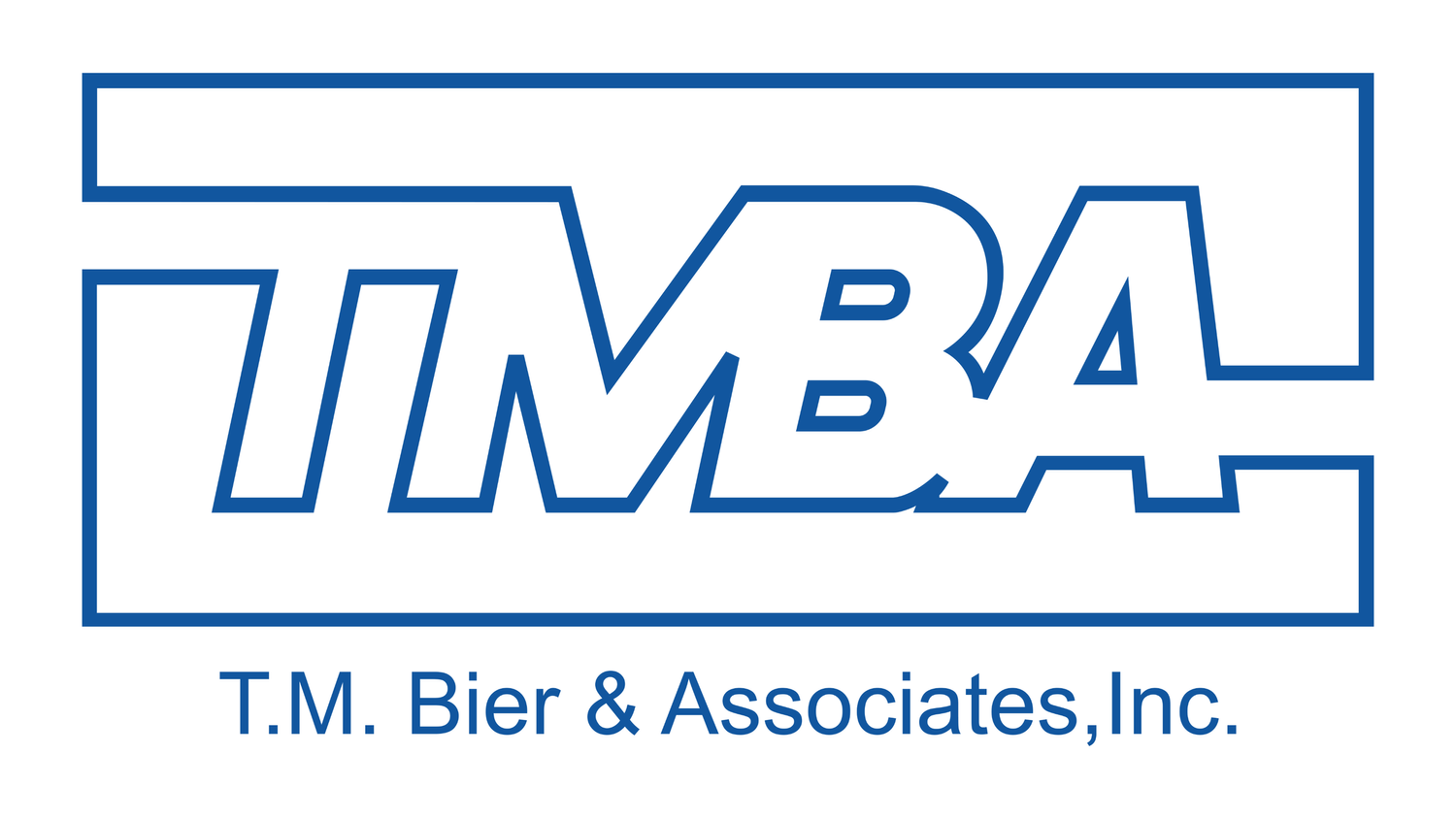Maximizing Building Performance through Valve Integration in BMS
At T.M. Bier & Associates (TMBA), we stand at the forefront of building management innovation, thanks in large part to our strategic partnerships with industry giants such as Schneider Electric, Bray, and Belimo. These collaborations empower us to integrate the latest in valve technology and BMS solutions, driving unmatched efficiency, reliability, and sustainability in building operations. Through these alliances, TMBA not only accesses cutting-edge products and technologies but also leverages deep expertise to ensure that our clients' buildings are equipped with the most advanced, intelligent systems on the market. This commitment to excellence and innovation forms the foundation of our approach to optimizing building performance, showcasing our leadership in transforming how buildings are managed in the modern era.
Comprehensive Insights into Valve Functionality within BMS
Control Valves in HVAC Systems: The precision with which control valves modulate fluid flow in HVAC systems is paramount. An advanced BMS can dynamically adjust these valves in response to real-time data, such as occupancy levels and external weather conditions. This precision ensures that heating and cooling are distributed efficiently throughout the building, significantly reducing energy wastage and optimizing comfort levels.
Ball Valves and Water Distribution Efficiency: In scenarios where water usage fluctuates, the integration of ball valves into a BMS facilitates smart water management. For instance, during peak hours, the BMS can adjust the valves to maintain optimal water pressure across all facilities, including critical areas like fire suppression systems, thereby ensuring safety alongside efficiency.
Butterfly Valves for Cooling Tower Applications: In the realm of cooling tower operations, butterfly valves play a pivotal role in managing water flow and ensuring optimal system performance. These valves, characterized by their compact design and efficient operation, allow for quick and precise control of water circulation within the cooling tower system. When integrated into a BMS, butterfly valves can significantly enhance the cooling tower's efficiency and reliability. For instance, a BMS can dynamically adjust the position of butterfly valves based on cooling demand, ambient temperature, and water quality parameters. This not only ensures that the cooling towers operate within their optimal performance parameters but also contributes to energy savings by preventing overcooling and reducing the need for chemical treatments.
Energy Valves for Coils in BMS Applications: Energy valves play a critical role in optimizing the performance of heating and cooling coils in BMS environments. By precisely controlling the flow of water through the coils, these valves ensure that energy consumption is minimized while maintaining ideal temperature and humidity levels. Integrated into a BMS, energy valves can automatically adjust to changing conditions, such as varying occupancy or external weather patterns, leading to significant improvements in energy efficiency and occupant comfort.
Globe Valves for Precise Adjustments: The integration of globe valves in steam heating or cooling systems showcases the BMS's capacity to make fine adjustments based on specific requirements, such as maintaining precise temperatures in sensitive environments like data centers or laboratories, where even minor fluctuations can have significant implications.
Enhanced Benefits of Valve Integration in BMS Designs
Operational Excellence: The automated and intelligent control of valves via a BMS leads to unparalleled operational efficiency. By ensuring that valves operate only when necessary and at optimal levels, buildings can achieve significant energy savings and reduced wear and tear on mechanical systems.
Predictive Maintenance: Advanced BMS solutions, equipped with predictive analytics, can forecast potential failures in valve operations, allowing for preemptive maintenance. This not only extends the lifespan of the valves but also ensures that the systems they control run uninterrupted, reducing downtime and maintenance costs.
Sustainability and Environmental Stewardship: By optimizing the use of energy and water through smart valve management, buildings can significantly lower their carbon footprint and contribute to water conservation efforts, aligning with global sustainability goals.
Customization and Scalability: TMBA's approach to BMS design considers the unique characteristics and needs of each building. By customizing valve integration and control strategies, we ensure that our BMS solutions can scale and evolve as buildings grow or their usage patterns change, guaranteeing long-term sustainability and efficiency.
TMBA: Pioneering Smarter Building Solutions
At T.M. Bier & Associates, our commitment to innovation and excellence in BMS design and implementation sets us apart. Our deep understanding of the intricate dance between valves and BMS technology enables us to deliver solutions that not only meet today's operational challenges but also pave the way for future advancements in building management. By choosing TMBA, building managers and facility engineers are partnering with a leader dedicated to elevating their buildings' performance to the highest standards of efficiency, safety, and comfort.
The strategic integration of valves into Building Management Systems is more than a technical necessity; it's a transformative approach to building management that offers significant, tangible benefits. With TMBA's expertise, buildings can achieve a level of operational efficiency, safety, and sustainability that sets new industry standards. Our dedication to innovation and our clients' success ensures that every BMS solution we deliver is a step toward a smarter, more efficient future.

